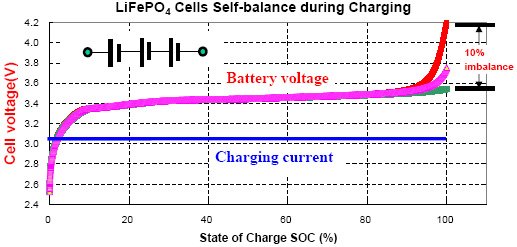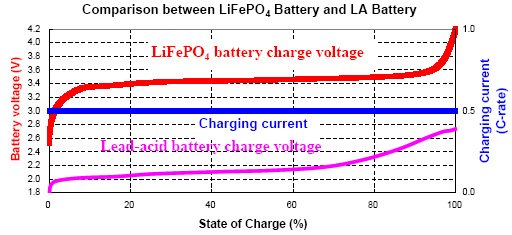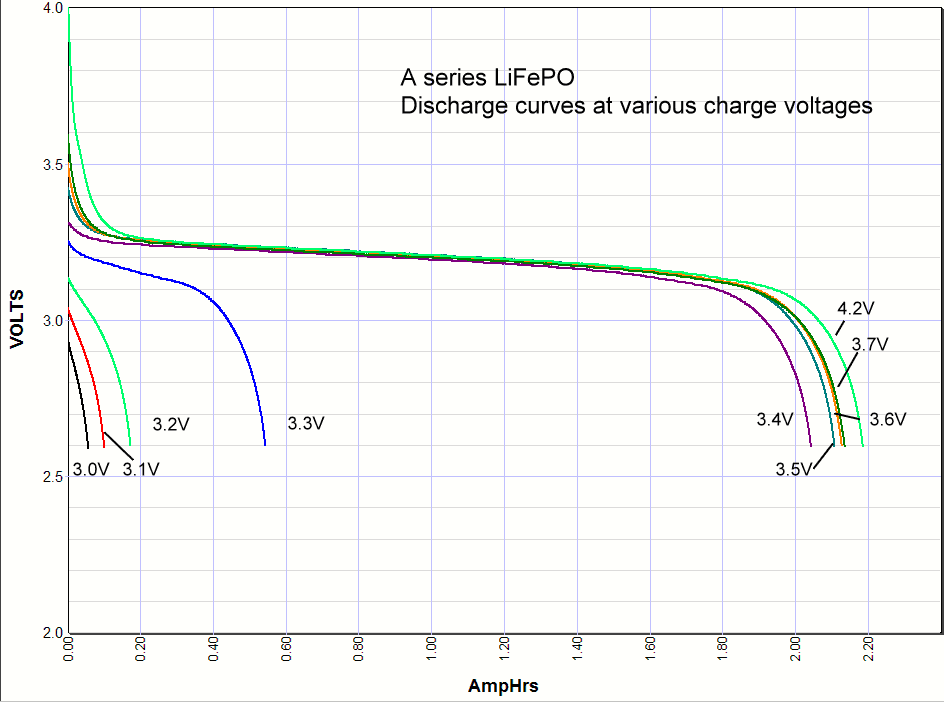I did not come here to harass you, I came here to put a counter viewpoint as someone who actually has an off grid LFP battery based power supply. As soon as it became apparent that I might actually know what I am talking about and couldn't be fobbed off you get nasty. The original discussion starts here solarpaneltalk.com/forum/off-grid-solar/batteries-energy-storage/lithium-ion/18054-lifep04-batteries-for-solar-bms?p=231297#post231297.
I assume your statement "He clearly states he only came here to harass me on Bottom Balance" refers to this statement
Thanks Paul, the only reason I am posting on the other forum is to counter the gospel according to Sunking and some of the things that he is saying that I think could easily lead some poor bastard to make a big mistake and wreck hundreds if not thousands of dollars worth of batteries.
As for recruiting other people, I assume you mean wb9k who happens to be the head of the warranty labs at A123. Here, solarpaneltalk.com/forum/off-grid-solar/batteries-energy-storage/lithium-ion/20597-mechanisms-that-decrease-the-lifespan-of-lithium-ion-batteries-and-how-to-avoid-them?p=247629#post247629, he states why he came to this forum.
I'm not a regular poster here, but after similar encounters with Sunking on two other forums, I was approached by Simon to ask ask if he could quote one of my posts (which can be found on the battery technology forum at endless-sphere in a thread called "lithium balance--is it top, bottom, or middle?"). I said he could post with or without attribution, which is good because the moderators here have apparently forbidden attribution, which I find difficult to understand.
Simon
Off grid 24V system, 6x190W Solar Panels, 32x90ah Winston LiFeYPO4 batteries installed April 2013
BMS - Homemade Battery logger github.com/simat/BatteryMonitor
Latronics 4kW Inverter, homemade MPPT controller
 . Any damn fool knows batteries are charged with DC, and Resistance is the only factor. AC Impedance only comes into ply on digital or PWM switching Loads.
. Any damn fool knows batteries are charged with DC, and Resistance is the only factor. AC Impedance only comes into ply on digital or PWM switching Loads.



Leave a comment: